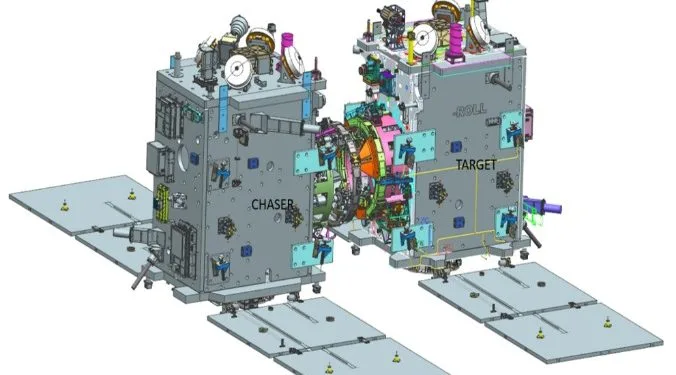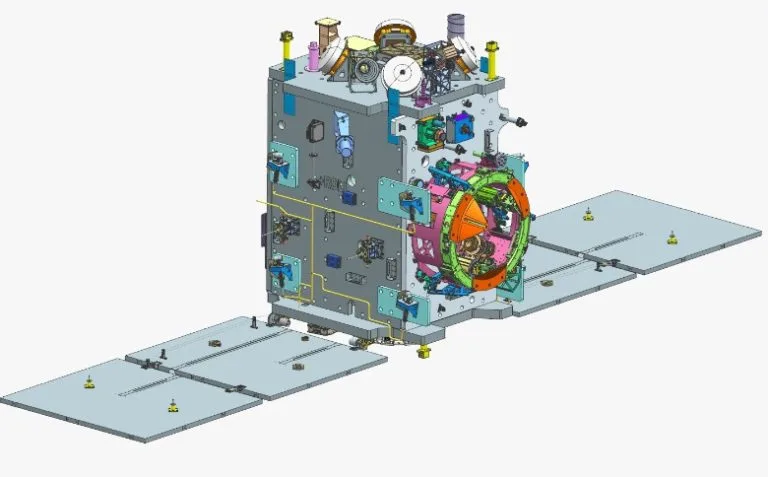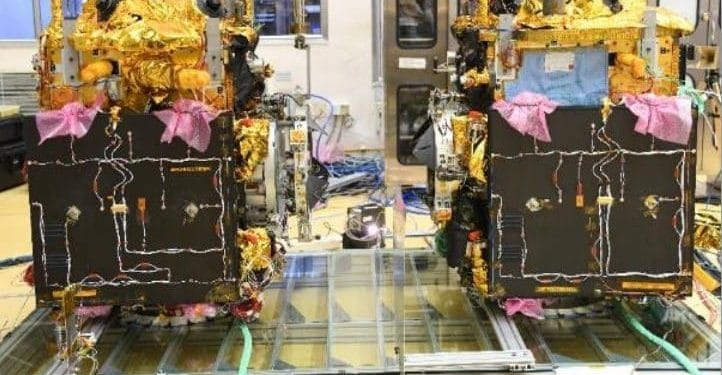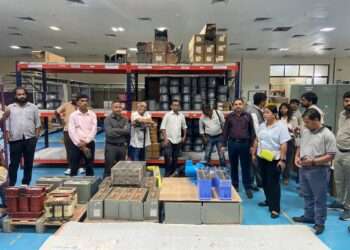Docking Postponed as Drift Exceeds Expectations
The SpaDeX mission, a groundbreaking step in India’s space exploration journey, encountered a delay in its planned docking operations due to unexpected inter-satellite drift. The rendezvous and docking, originally scheduled for January 9, 2025, have been postponed after post-non-visibility period assessments revealed a larger-than-expected drift between the satellites. However, both satellites remain safe, ensuring no immediate threats to the mission’s objectives.
Despite this minor setback, the mission has already marked a milestone with the successful deployment of the SpaDeX satellites, SDX01 (Chaser) and SDX02 (Target), launched on December 21, 2024, aboard the PSLV-C60.
A New Horizon in India’s Space Ambitions
The Space Docking Experiment (SpaDeX) mission, spearheaded by ISRO, is a cost-effective technology demonstrator designed to validate in-space docking—a critical capability for India’s future in advanced space exploration. This technology is a cornerstone for upcoming missions, including India’s lunar ambitions, sample return missions, and the establishment of the Bharatiya Antariksh Station (BAS). Upon success, India will join an elite group of nations capable of in-space docking, positioning itself as a global leader in space technology.


Mission Overview
The SpaDeX mission involves two identical 220 kg small satellites launched into a 470 km circular orbit with a 55° inclination. The PSLV vehicle’s precision ensured that the Target and Chaser spacecraft were deployed with a small relative velocity, initiating a carefully orchestrated series of maneuvers.
Key milestones of the mission include:
- Achieving inter-satellite separations of 20 km, 5 km, and progressively smaller distances.
- Precise rendezvous, docking, and undocking maneuvers.
- Demonstrating the transfer of electrical power between the docked satellites.
- Utilizing payloads for Earth observation and space radiation monitoring post-undocking.
Innovative Technologies at Play
The SpaDeX mission showcases a host of indigenous innovations, underscoring India’s engineering prowess:
1. Docking Mechanism:
- A compact (450 mm) and low-impact system with a velocity of 10 mm/s.
- Uses androgynous docking systems, enabling compatibility between the Chaser and Target.
2. Rendezvous and Docking Sensors:
- Equipped with Laser Range Finders (LRF) and Proximity Docking Sensors (PDS) for precise relative position and velocity measurements.
- Advanced video monitoring for docking validation.
3. Inter-Satellite Communication Link (ISL):
- Autonomous communication between satellites for state determination and relative orbit correction.
4. GNSS-Based Relative Orbit Determination and Propagation (RODP):
- Differential GNSS technology for precise relative positioning and velocity measurements, validated through extensive hardware and software simulations.
5. Advanced Algorithms:
- Use of n-Pulse, Glideslope, and PV guidance algorithms for inter-satellite distance reduction and docking operations.
- Comprehensive testing through digital, hardware-in-loop, and robotic simulations.
Post-Docking Payload Operations
Following successful docking and undocking, the satellites will embark on a two-year operational phase, conducting Earth observation and space radiation monitoring using onboard payloads:
- High-Resolution Camera (HRC) on SDX01:
- Provides surveillance with 4.5 m resolution and video capabilities for natural resource monitoring.
- Miniature Multi-Spectral Payload (MMX) on SDX02:
- Captures vegetation and natural resource data in visible and near-infrared bands.
- Radiation Monitor (RadMon):
- Measures space radiation to build a radiation dose database for future space science studies, including human spaceflight applications.
Challenges and Future Prospects
The SpaDeX mission’s complexity lies in its precision requirements, given the small size and mass of the satellites. The mission’s delay highlights the inherent challenges of docking two spacecraft in low-Earth orbit. However, these challenges serve as valuable learning opportunities for ISRO, paving the way for future autonomous docking missions such as Chandrayaan-4 and lunar sample returns.
Collaboration and Execution
The SpaDeX spacecraft were developed at the UR Rao Satellite Centre (URSC) in collaboration with other ISRO centers and industry partners. Integration and testing were conducted by Ananth Technologies, Bangalore, under URSC’s supervision. Ground operations are managed by ISTRAC using ISRO’s extensive network of ground stations.
India’s Ascent to the Stars
With SpaDeX, ISRO is charting a new course in space exploration, proving its ability to innovate and adapt to the challenges of modern space technology. While the delay in docking adds a twist to the mission timeline, it underscores ISRO’s commitment to prioritizing safety and precision.
As SpaDeX continues its journey, it stands as a testament to India’s growing capabilities in space and its determination to remain at the forefront of technological advancements. The dream of building and operating the Bharatiya Antariksh Station and leading human space exploration is no longer distant—it’s within grasp.













